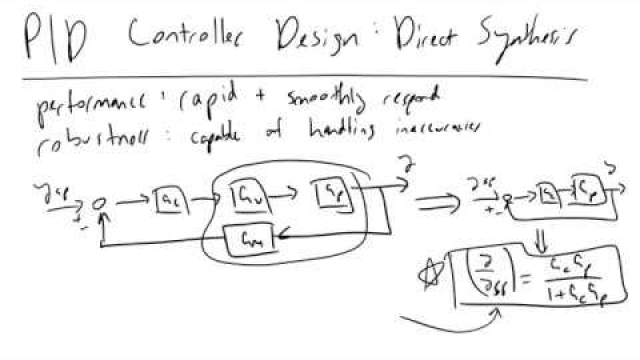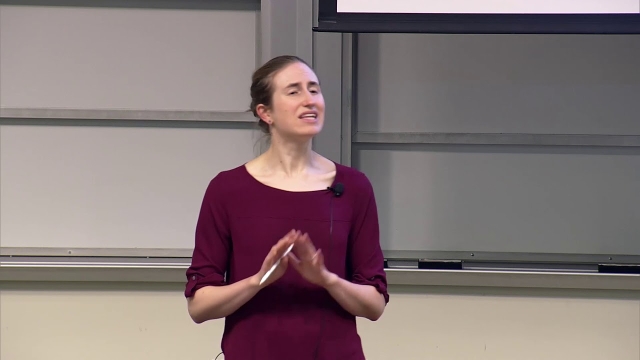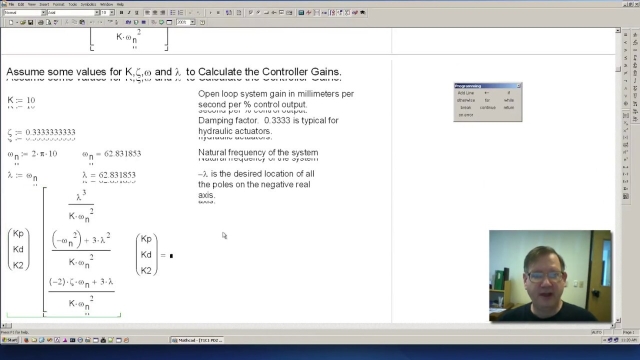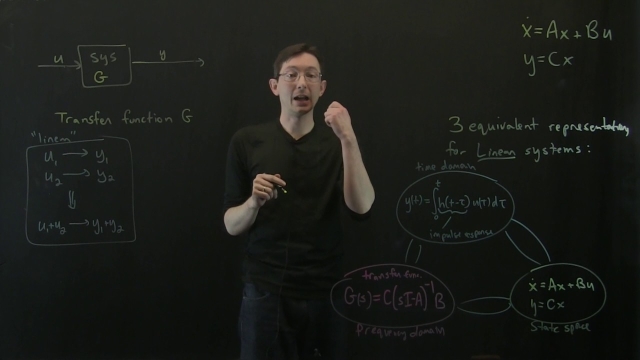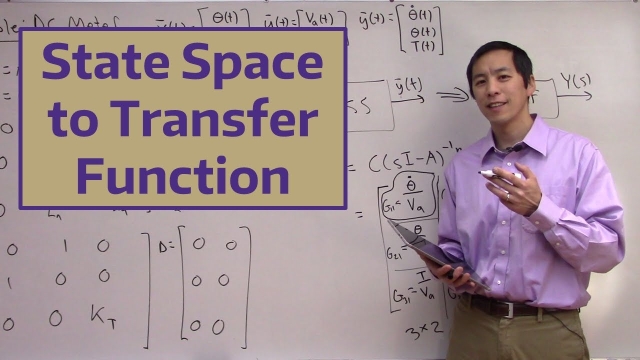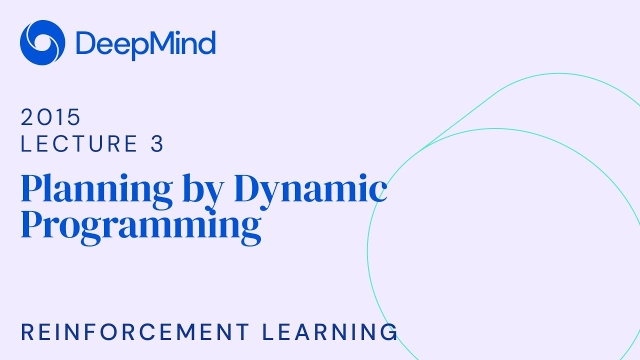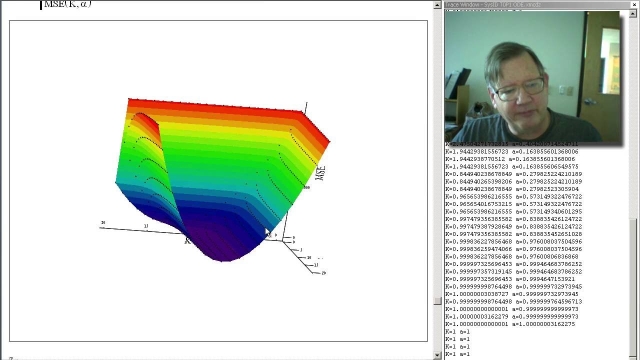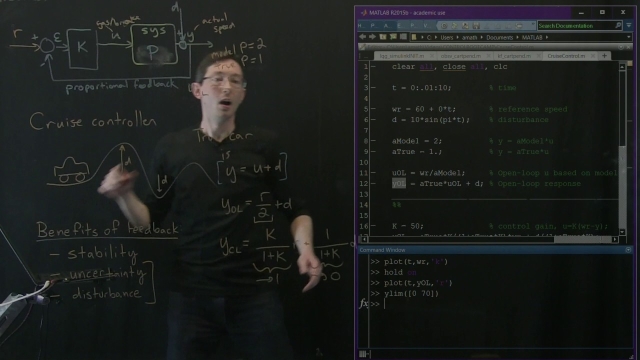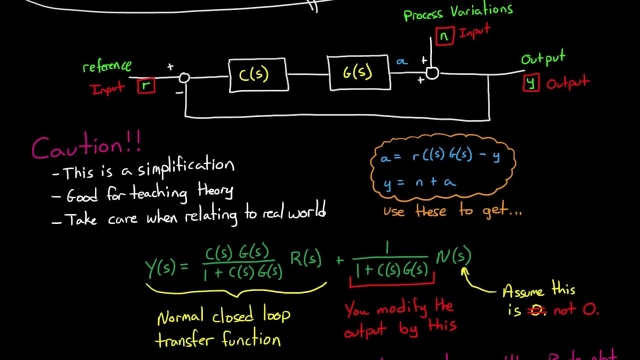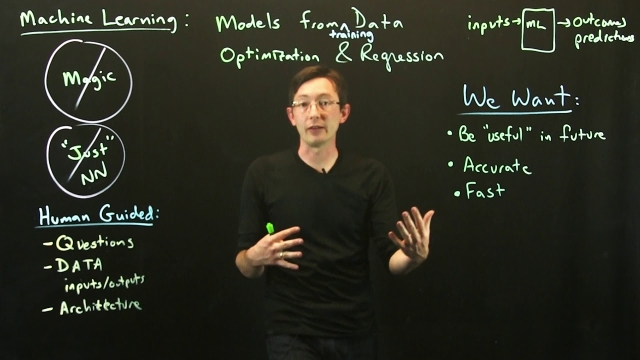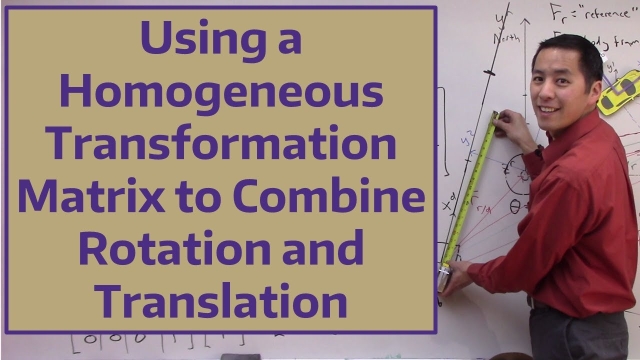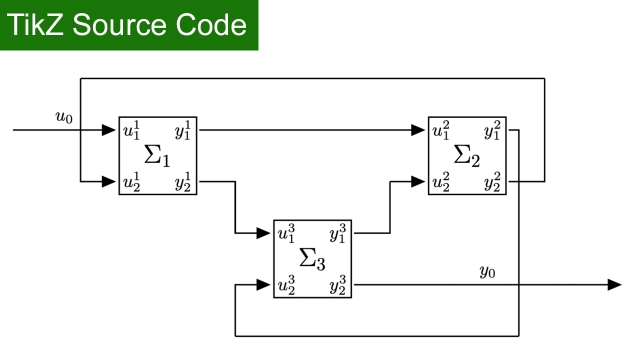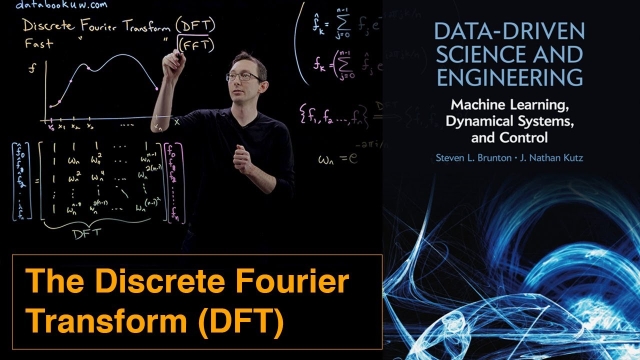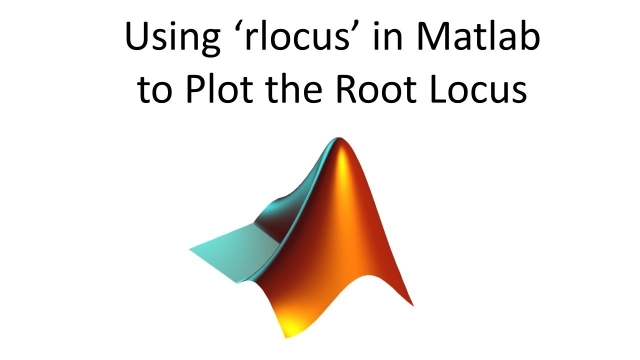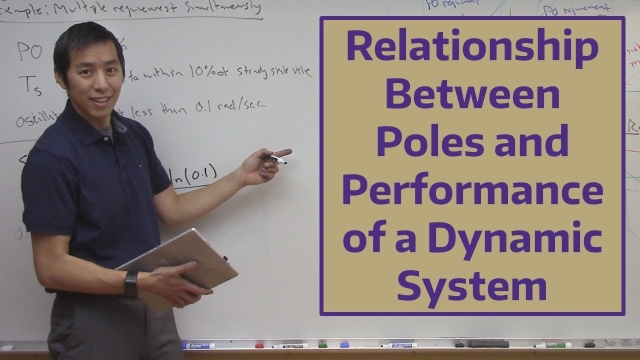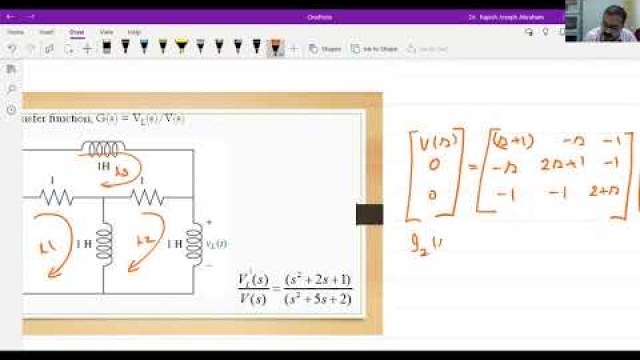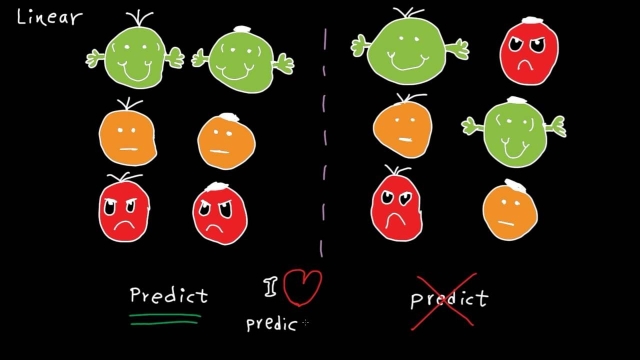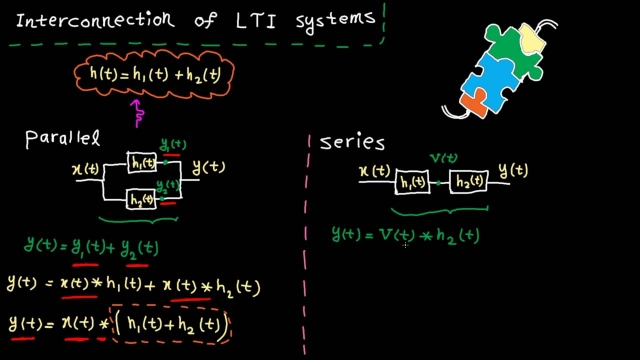
Type
Experience
Scope
Data-Driven Control: ERA and the Discrete-Time Impulse Response
In this lecture, we describe how the discrete-time impulse response is used in the eigensystem realization algorithm (ERA).
See MorePosicast Control 6 - ( In English)
This video presents the transition from half-cycle to other cycles ( third-cycle, fourth-cycle,..)
See MoreSVD: Optimal Truncation [Matlab]
This video describes how to optimally truncate the singular value decomposition (SVD) for noisy data (Matlab code).
See MoreDirect Synthesis for PID Controller Design
What tuning parameters should you choose for your controller? The Direct Synthesis Model is one method control engineers use today to evaluate controller par...
See MoreStanford CS234: Reinforcement Learning | Winter 2019 | Lecture 5 - Value Fun...
Professor Emma Brunskill
Assistant Professor, Computer Science
Stanford AI for Human Impact Lab
Stanford Artificial Intelligence Lab
Statistical Machine Learning Group
See MorePeter Ponders PID - Simulation Methods, Which is Best?
Control Bootcamp: Three Equivalent Representations of Linear Systems
This video explores three equivalent representations of linear systems: State-space ODEs, Frequency domain transfer functions, and Time-domain impulse response convolution.
See MoreState Space to Transfer Function
In this video we show how to transform a linear state space representation of a dynamic system to an equivalent transfer function representation. We will de...
See MoreRL Course by David Silver - Lecture 3: Planning by Dynamic Programming
Introduces policy evaluation and iteration, value iteration, extensions to dynamic programming and contraction mapping.
See MorePeter Ponders PID - System Identification Basics
Control Bootcamp: Benefits of Feedback on Cruise Control Example (Part 2)
Here we investigate the benefits of feedback for systems with uncertain dynamics and disturbances, as illustrated on a cruise control example. (Part 2)
See MoreUnderstanding The Sensitivity Function
In this video I explain the sensitivity function and try to demystify the equation used to solve for the nominal sensitivity peak. Sensitivity describes how much process variations affect...
See MoreMachine Learning Goals
This lecture discusses the high-level goals of machine learning, and what we want out of our models. Goals include speed and accuracy, along with interpretability, generalizability...
See MoreUsing a Homogeneous Transformation Matrix to Combine Rotation and Translatio...
In this video we discuss how to properly deal with coordinate frames that are both rotated and translated from one another. We develop a homogeneous transfo...
See MoreTikZ source Code: An interconnection of MIMO subsystems
TikZ source Code: An interconnection of MIMO subsystems
See MoreThe Discrete Fourier Transform (DFT)
This video introduces the Discrete Fourier Transform (DFT), which is how to numerically compute the Fourier Transform on a computer. The DFT, along with its fast FFT implementation, is one...
See MoreUsing ‘rlocus’ in Matlab to Plot the Root Locus
This tutorial illustrates how to use the ‘rlocus’ command in Matlab to quickly and easily sketch the root locus.Discussion on the 3 example transfer function...
See MoreTikZ source Code: Switching Smooth Filippov
TikZ source Code: Switching Smooth Filippov
See MoreRelationship Between Poles and Performance of a Dynamic System
In this video we establish the relationship between pole locations and associated performance of a dynamic system. This relationship is useful to translate ...
See MoreTeaching resources for a reinforcement learning course
Teaching resources by Dimitri P. Bertsekas for reinforcement learning courses. The website has links for freely available textbooks (for instructional purposes), videolectures, and course...
See MoreLecture 3: Electrical and Mechanical System Transfer Functions
Time domain - tutorial 7: system properties
In this video, we cover system properties. The concept of memoryless, causal, stable, invertible, time-invariant and linear systems is intuitively explained...
See MoreLecture 7: More on Signal Flow Graphs and Block Diagram Reduction
Time domain - tutorial 10: interconnection of LTI systems
In this video, we learn how to connect LTI systems to make a bigger system. The learning objectives are to:1) get familiar with parallel and series intercon...
See MoreApollo's Flight Computer: Epitome of Engineering
The Apollo missions' success can be vastly accredited to the success of building a robust, one-of-a-kind flight computer for its guidance, navigation and control. Follow this video to...
See More
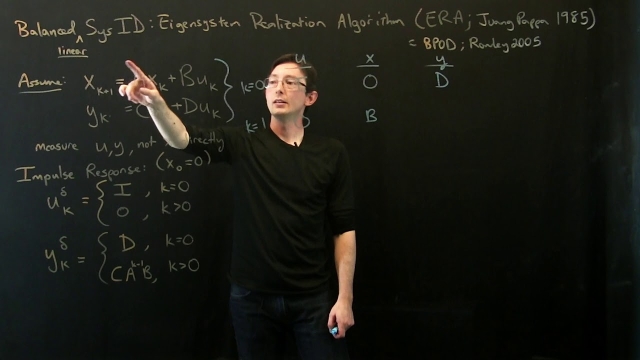
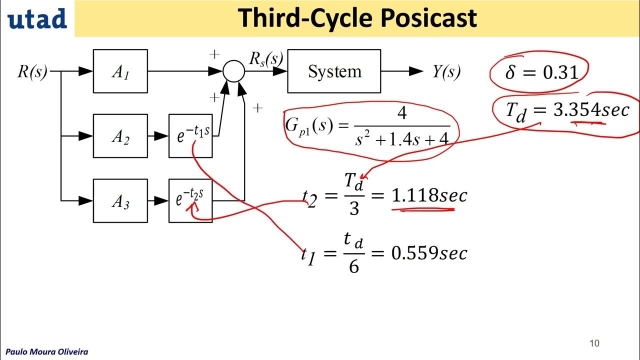
![SVD: Optimal Truncation [Matlab]](/sites/default/files/styles/search_resulkts/public/2020-12/maxresdefault_423.jpg?itok=Op0DbiId)
